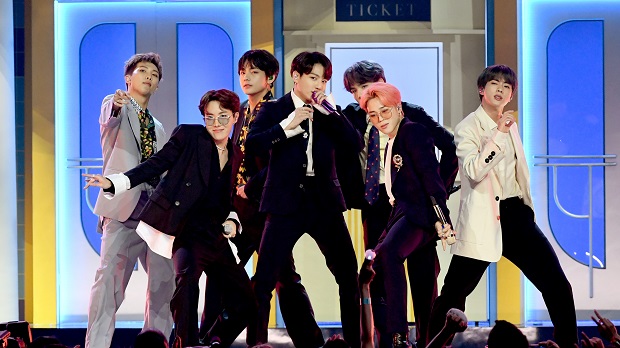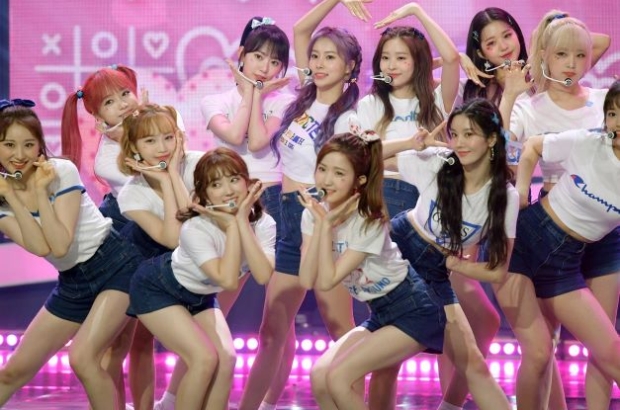- Daily & Weekly newsletters
- Buy & download The Bulletin
- Comment on our articles
K-Pop, Now Here: Exhibition shows history and future of the optimistic youth culture
It may seem that Korean popular culture burst onto the world in a bright wave of optimism only a couple of years ago, but the genre has actually been evolving over the past five decades.
A new exhibition at the Korean Culture Center in Brussels, K-Pop, Now Here, aims to set the story straight. Subtitled Singing about love and freedom for half a century, it traces the 50-year history of the musical industry that has become South Korea’s best-known cultural export.
Over the past four years in particular, Korean popular culture has experienced extraordinary success around the world. It has garnered a staggering 50 international awards - including five Academy Awards and a Palme d’Or - for the film Parasite, plus a global infatuation for the TV show The Squid Game. But the most astonishing development has been in the explosion of Korean popular music, known as K-Pop .

Outside of South Korea, few people were aware of the genre until supergroup BTS (pictured) became the world’s biggest boy band. In the past few years, they’ve successively swept the board of major music awards in the US and UK, racked up two US No 1 albums and have been invited to the UN as ambassadors for Unicef.
The origins of K-Pop
But the origins of K-Pop can be traced to American military band and pop music brought to Korea by the US military in the 1950s. This influence fused with traditional Korean folk music. It developed with the youth movement of the 60s, which made its mark on Korea through the mass distribution of TV in homes. Rapid industrialisation in the 70s under military rule was followed by the arrival of democracy in the 80s when musicians who had been banned during the dictatorship returned to Korea. Finally, globalisation has had a profound effect on the country’s music.
This interactive exhibition is divided into three themes to explain this gradual global rise. Flexible Wave shows iconic scenes from Korean popular music, dating from the 1950s to the 80s, through digitised photos and videos. Colourful Wave features the emergence of idol groups and fandom culture. Included in this section is a large-scale photo of BTS; visitors can pose for photos with the image of the band. Finally, Charming Wave explores the future of K-Pop.

Digital technology, such as projection wall mapping, media art and virtual reality create an immersive experience for visitors.
For the director of the Korean Cultural Center, Kim Jae-hwan, it’s the first large-scale K-Pop exhibition in Europe. “It shows that K-Pop is not just about dance music for a specific generation, but a musical genre that has undergone a unique historical evolution. If you look at K-Pop you can see Korea today.”
He likens the genre to “a twin” that reflects the modern history of Korea, and enables visitors to learn more the country. “Seeing K-Pop from various perspectives you will be able to know the society and culture of Korea. This is because K-Pop is a flow that started from a new perspective and has created the present Korean society.”
K-Pop, Now Here
Until 21 December
Korean Cultural Center
4 Rue de la Régence
Photos: (main image) Forbes.com; BTS; kpopstarz.com



















